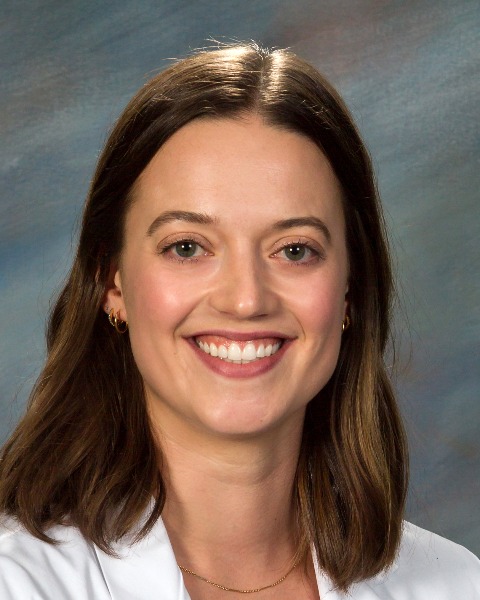Health Equity/Social Determinants of Health
Session: Health Equity/Social Determinants of Health 6
284 - Caregivers’ Perception and Utilization of Federal and Community Resources to Mitigate Diaper Need in California’s Bay Area
Sunday, May 5, 2024
3:30 PM - 6:00 PM ET
Poster Number: 284
Publication Number: 284.1933
Publication Number: 284.1933

Nicola Gerbino, BS, BA (she/her/hers)
Medical Student
University of Washington School of Medicine
Shoreline, Washington, United States
Presenting Author(s)
Background: Diaper insecurity arises when a caregiver has less than the number of diapers necessary to change a child’s diaper as often as needed. Low-income families are more likely to experience diaper insecurity and often are forced to choose between diapers and other necessities. While one in two U.S. families experience diaper insecurity, there is limited access to diaper banks and few federal safety net programs supply diapers. Our intervention, Diapers at the Doctor (DATD), is a free clinic-based diaper distribution program at a pediatric federally qualified health center (FQHC) in California’s Bay Area.
Objective: Our qualitative study examined caregivers’ perspectives on diaper insecurity, utilization of community programs, and the role of a novel clinic-based diaper distribution program in addressing diaper need in the community.
Design/Methods: Interviews (n=45) were conducted by phone or in-person in English and Spanish with caregivers enrolled in DATD. Caregivers of active FQHC patients of diaper wearing age were eligible for DATD. A codebook was developed through an iterative process and a team-based qualitative thematic analysis was conducted.
Results: The majority of caregivers interviewed identified as Hispanic (87%) and the mean age of the pediatric patient was 1.53 years. When asked about community resources, most caregivers were unaware of local diaper banks. Caregivers perceived local school and church programs to have fewer barriers and occasionally turned to them for material goods. Federal safety net programs were rarely mentioned as a way of receiving assistance in purchasing diapers. Participants described stringent eligibility requirements that precluded participation. The main barriers to accessing community and federal assistance were 1) extensive paperwork, 2) feeling judged when receiving assistance, and 3) receiving insignificant assistance. In turn, caregivers noted the importance of the trusted environment of DATD as it was located at a familiar location. They also noted the importance of a simple enrollment process with minimal requirements, which encouraged program utilization.
Conclusion(s): For many participants, DATD was their first time receiving assistance in the form of diapers. Community and federal programs were inaccessible or associated with negative experiences among participants despite notable financial insecurity. The clinic-based nature of DATD leverages a trusted setting to create a low-barrier program that offered access to an essential material need and provided a unique model for addressing diaper insecurity among its patient population.
.jpg)
